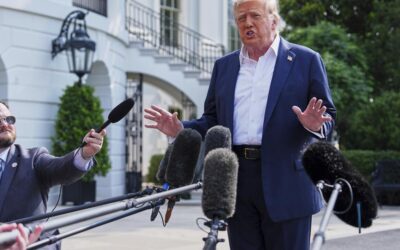
Trump announces 30% tariffs on EU and Mexico
An American release issued in Europe, the European Union or Mexico City will be issued next to Manufactures by the 30th, and a duty return will be issued as an announcement. Dia. Issued on behalf of Faisal, related to details of the social media ranch for analogous information, as of August 2025, effective date. As…

